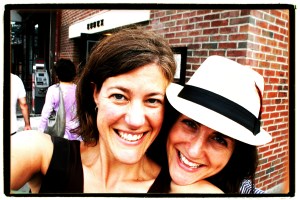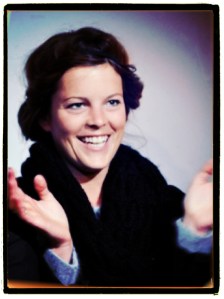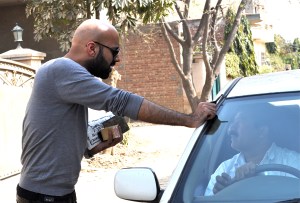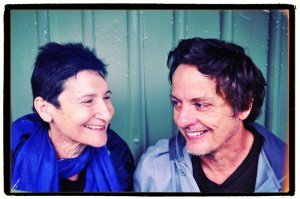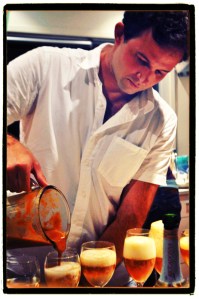 Joe McGorty is a portrait photographer extraordinaire. I got to know him over cups of tea in the drafty studio I shared with his lady and was instantly in awe of his craft: of the exquisite portraits he takes of everyone from John Hurt, to Richard Dawkins to Audrey Tautou to his shots of british mountaineers that can be seen in the National Portrait Gallery. Generally he uses a Wista 5×4 Rosewood Field Camera – think Victorian film camera complete with a black hood for disappearing into…Joe’s worked his way up the hard way, starting with making the tea and then grafting for years as an assistant before setting up on his own.
Joe McGorty is a portrait photographer extraordinaire. I got to know him over cups of tea in the drafty studio I shared with his lady and was instantly in awe of his craft: of the exquisite portraits he takes of everyone from John Hurt, to Richard Dawkins to Audrey Tautou to his shots of british mountaineers that can be seen in the National Portrait Gallery. Generally he uses a Wista 5×4 Rosewood Field Camera – think Victorian film camera complete with a black hood for disappearing into…Joe’s worked his way up the hard way, starting with making the tea and then grafting for years as an assistant before setting up on his own.
Before Joe photographs a celebrity he studies them, kind of learning their language and shaping his portraiture accordingly. So when he shot Vincent Cassel, he did it in a grainy black and white moving continuously mirroring the long single shot scenes Cassel is renowned for. Similarly when photographing the director John Hillcoat, knowing his obsession with film, Joe got him involved in the grading process as he shot, co-creating the image. I didn’t display the same sophistication when taking Joe’s picture for this, it was more- “er.. sit over there and smile…”
THIS YEAR’S LESSON: Let go. I realised that I was too controlled. Everything was too planned. I wasn’t making enough of sponteniety. So I did a personal project about bikes, a kind of orchestrated reportage that helped me to free up my photography style, which I went on to test on the Vincent Cassell shoot. I was terrified. I had no idea whether the improvisational approach would work. The night before, I dreamt that the shoot had been cancelled. But in the end it went well, and this more reactive way or working has completely changed my photography.
THIS YEAR’S MOST INSPIRING THING: How to Read Others’ Thoughts by Their Gestures by Alan Pease. It’s a body language book that I found on my Dad’s bookshelf and have since left on a train somewhere. It’s completely changed what I notice when I’m shooting. I’m much more aware of the details now, the subletites of how people are expressing themselves. It has helped me understand how to break down people’s public personas.
THE BURNING QUESTION: How do I develop confidence and self-belief without a camera in my hand?
MAKING THE WHAT’S NEXT DECISION: That’s a really difficult question. It’s a combination I think. Sometimes, it’s a technical challenge, sometimes it’s a strategic thing, or sometimes it’s a project that will take me out of my comfort zone either in terms of environment or people.
